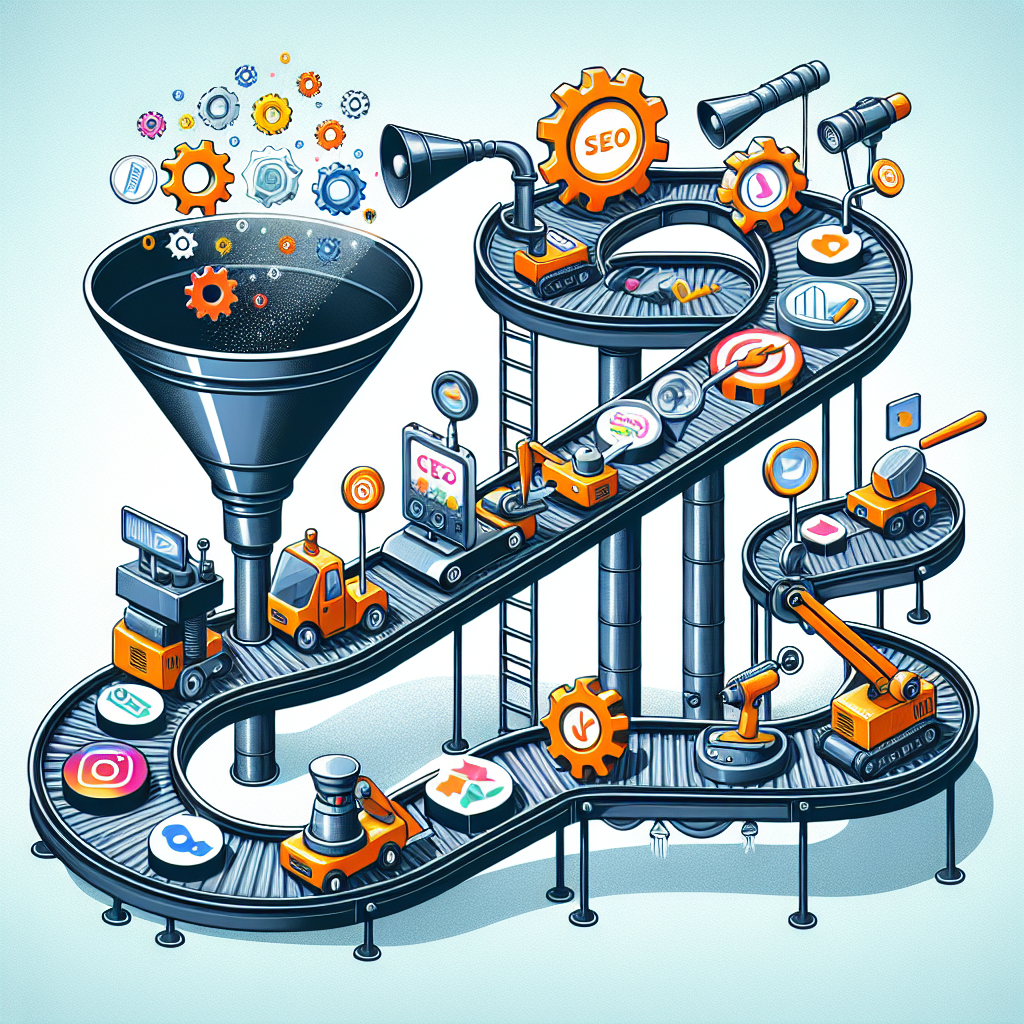The Ultimate Guide to Marketing Automation: How to Streamline Your Strategy

Introduction
Marketing automation has become an essential tool for businesses looking to streamline their marketing efforts and improve efficiency. By automating repetitive tasks and workflows, marketers can focus on more strategic initiatives and drive better results. In this guide, we will explore the benefits of marketing automation, how to implement it effectively, and best practices for success.
Benefits of Marketing Automation
Marketing automation offers a wide range of benefits for businesses of all sizes. Some of the key advantages include:
- Increased efficiency: Automating repetitive tasks such as email campaigns, social media posts, and lead nurturing can save time and resources.
- Improved targeting: By segmenting your audience and delivering personalized content, you can increase engagement and conversion rates.
- Better insights: Marketing automation tools provide valuable data and analytics that can help you track performance and optimize your campaigns.
- Scalability: As your business grows, marketing automation can help you scale your efforts without adding extra manpower.
Implementing Marketing Automation
When implementing marketing automation, it’s important to follow these steps:
1. Define your goals
Before you start using marketing automation, clearly define your goals and objectives. Whether you want to increase lead generation, improve customer retention, or boost sales, having a clear goal will help you create a targeted strategy.
2. Choose the right tools
There are many marketing automation platforms available, so it’s essential to choose one that aligns with your needs and budget. Look for features such as email marketing, lead scoring, CRM integration, and analytics.
3. Build your contact list
Your contact list is crucial for successful marketing automation. Make sure to collect relevant data from your leads and customers, segment your audience based on demographics and behaviors, and keep your list up to date.
4. Create engaging content
Personalized and relevant content is key to successful marketing automation. Develop content that speaks to your audience’s pain points and interests, and tailor your messaging based on where they are in the buyer’s journey.
5. Set up workflows
Workflows are the heart of marketing automation. Create automated sequences that guide leads through the sales funnel, nurture relationships with customers, and trigger actions based on user behavior.
Best Practices for Marketing Automation
To make the most of your marketing automation strategy, follow these best practices:
- Test and optimize your campaigns regularly to improve performance.
- Use A/B testing to compare different elements of your campaigns and determine what works best.
- Integrate your marketing automation platform with your CRM system for seamless data sharing.
- Monitor key metrics such as open rates, click-through rates, and conversion rates to track your progress.
FAQs
What is marketing automation?
Marketing automation is the use of software and technology to automate repetitive marketing tasks and workflows, such as email campaigns, social media posts, and lead nurturing.
How can marketing automation benefit my business?
Marketing automation can increase efficiency, improve targeting, provide better insights, and help you scale your marketing efforts as your business grows.
What are some popular marketing automation tools?
Some popular marketing automation tools include HubSpot, Marketo, Pardot, and Mailchimp.
How can I measure the success of my marketing automation campaigns?
You can measure the success of your marketing automation campaigns by tracking key metrics such as open rates, click-through rates, conversion rates, and ROI.

